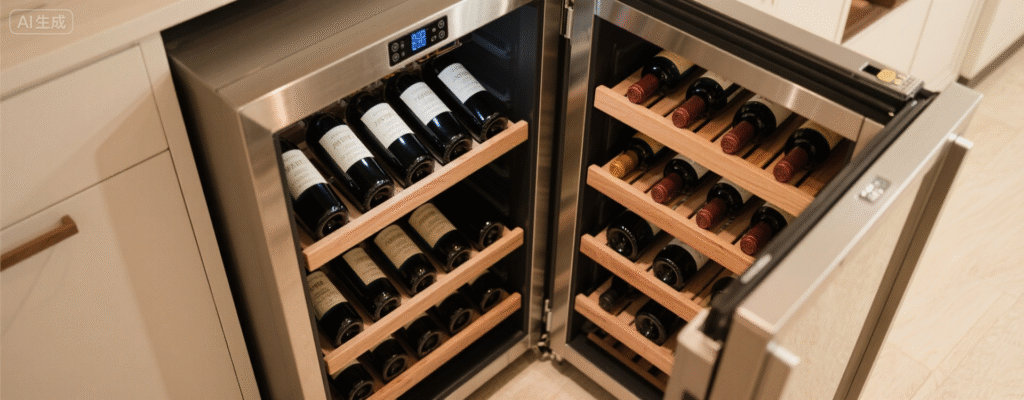Finding the perfect wine cooler is essential for any enthusiast looking to preserve their collection’s integrity. This guide will help you navigate the key considerations for your best buy, from capacity and cooling technology to design and advanced features. Our goal is to equip you with the knowledge to make an informed decision that suits both your space and your cellar.
Key Considerations Before Your Purchase
Before clicking add to cart, it’s crucial to assess your specific needs. The first decision point is capacity, which is directly tied to your consumption habits and collection size. A compact 6-bottle unit may suffice for the casual drinker, while a serious collector might require a 50-bottle freestanding model. Next, understand the two primary cooling technologies. Thermoelectric coolers are quieter, vibration-free, and ideal for short-term storage of ready-to-drink wines, but they struggle in warmer environments. Compressor-based systems, on the other hand, are more powerful, can handle larger capacities, and maintain precise temperatures even in garages or sunrooms, making them superior for long-term aging.
Another vital factor is the cooling zone configuration. A single-zone cooler is sufficient if you primarily store one type of wine. However, if your collection includes both robust reds and crisp whites, a dual-zone unit is a non-negotiable best buy. It allows you to set two different temperatures simultaneously, ensuring optimal conditions for each variety. For example, you can store reds at 55°F (13°C) and whites at 45°F (7°C) in the same appliance. Don’t forget to explore the curated selection of wine coolers best buy options to see these features in action.
Features That Define a True “Best Buy”
A genuine best buy transcends basic cooling; it incorporates features that protect your investment and enhance convenience. Look for models with UV-protected glass doors. As established by the Journal of Agricultural and Food Chemistry, ultraviolet light is a leading cause of wine spoilage, causing it to become “light-struck” and develop off-flavors. This protective glass is essential for any cooler exposed to ambient light. Low-vibration systems, often a hallmark of premium compressor or thermoelectric designs, are equally important. Excessive vibration can disturb the sediment in aged wines and accelerate the aging process negatively, a concern highlighted by studies from institutions like the University of California, Davis, dating back to their enology research in the early 2000s.
Modern digital controls offer precise temperature management, often within one degree, which is critical for stability. Some advanced models even include humidity control to prevent corks from drying out. When you are ready to make your choice, reviewing a comprehensive list of high-quality wine coolers will help you compare these essential features. Ultimately, the right unit balances performance with protection, making a premium wine cooler a worthwhile investment for preserving the quality and taste of your wine.
Selecting the ideal wine cooler is a balance of practical needs and technical specifications. By carefully considering capacity, cooling technology, and essential protective features like UV glass and low vibration, you can identify a model that truly represents a best buy. This informed approach ensures your chosen cooler will not only fit your space but, more importantly, will provide the stable environment your wines need to be enjoyed at their very best.
